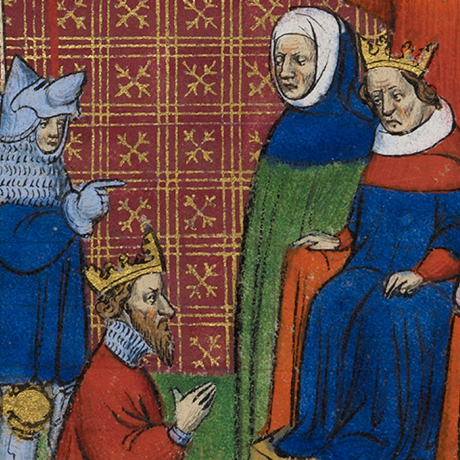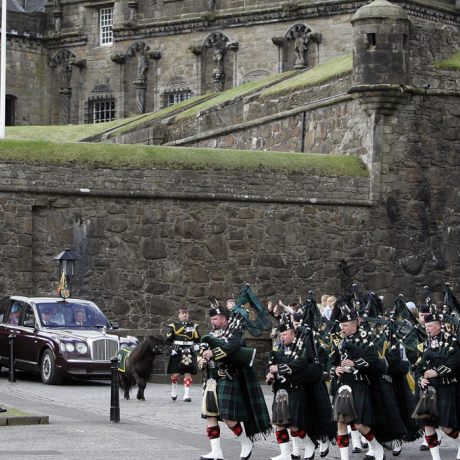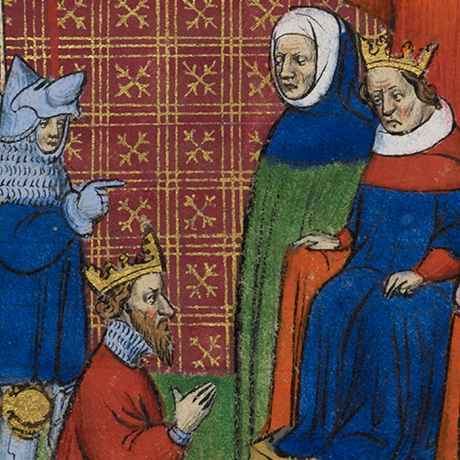Four surviving Guardians were ruling the country. One of them, William Fraser, Bishop of St Andrews, wrote to Edward I of their fears that civil war would ensue, since the rival claimants were already assembling their armies.
Edward offered himself as arbitrator, on condition that the various claimants acknowledged him as the feudal superior of Scotland at Norham in 1291.
In the end, thirteen competitors put their names forward, and nine of the thirteen made the acknowledgement required by Edward. They also agreed that possession of the lands and castles of Scotland should be given to him so that he could pass them on to the rightful king, when the choice had been made.
The thirteen claimants were then reduced to three: John Balliol, Robert Bruce and John Hastings, all of whom were descendants of the three daughters of David, Earl of Huntingdon, grandson of David I.
After a further period for deliberation, Edward I awarded the crown to John Balliol, the descendant of the Earl's eldest daughter, in Berwick in 1292.
In law, however, Robert Bruce's claim was equally good because, although he was descended from the second daughter, he was a generation nearer David I (as his grandson).
Image: Part of a 14th-century manuscript showing John Balliol acknowledging Edward as his overlord in 1292 © The British Library Board, Royal 20 C.VII f.28





